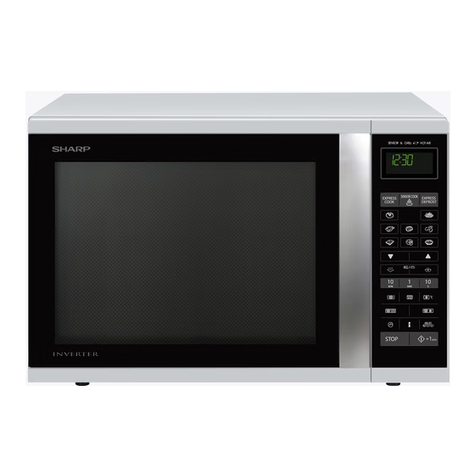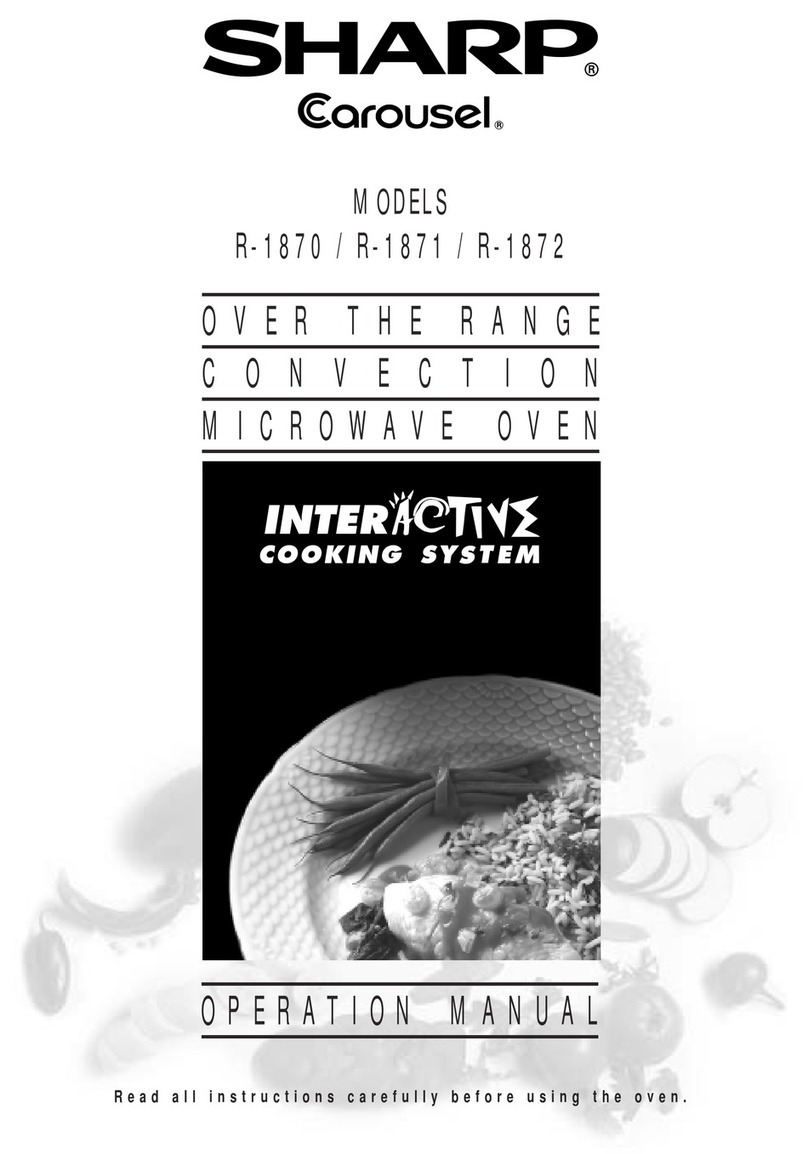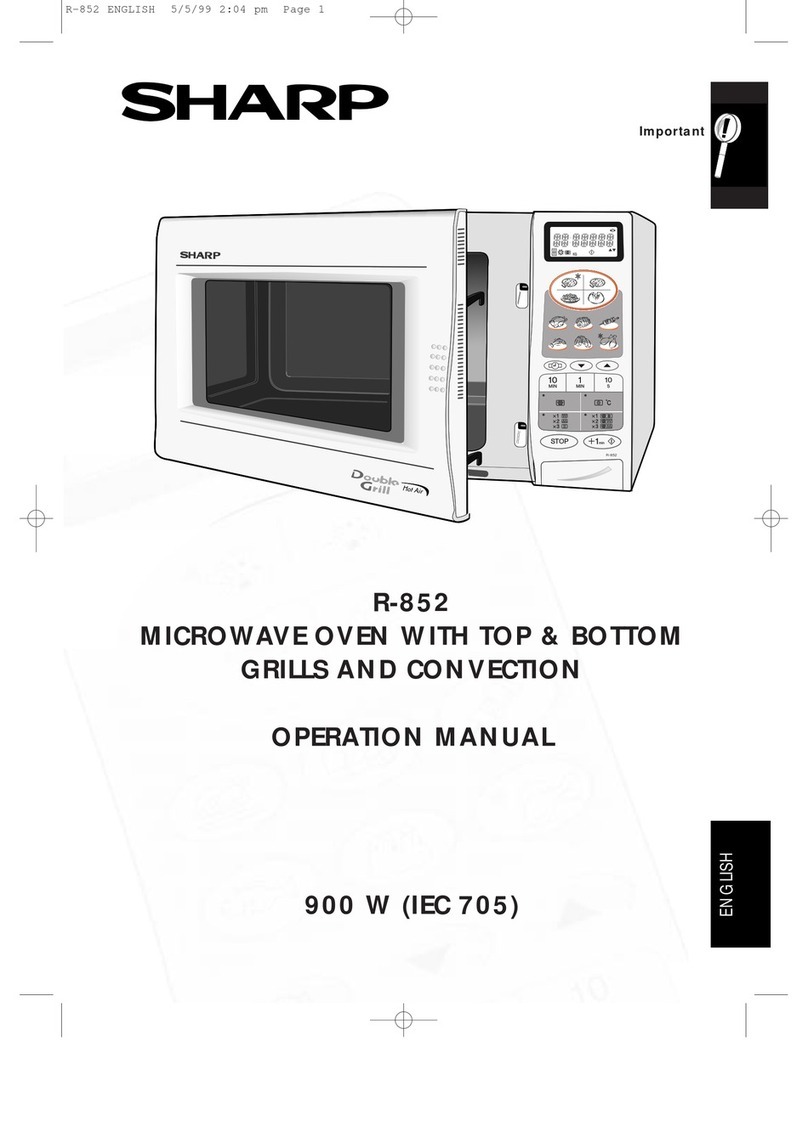Sharp R-9200 User manual
Other Sharp Microwave Oven manuals
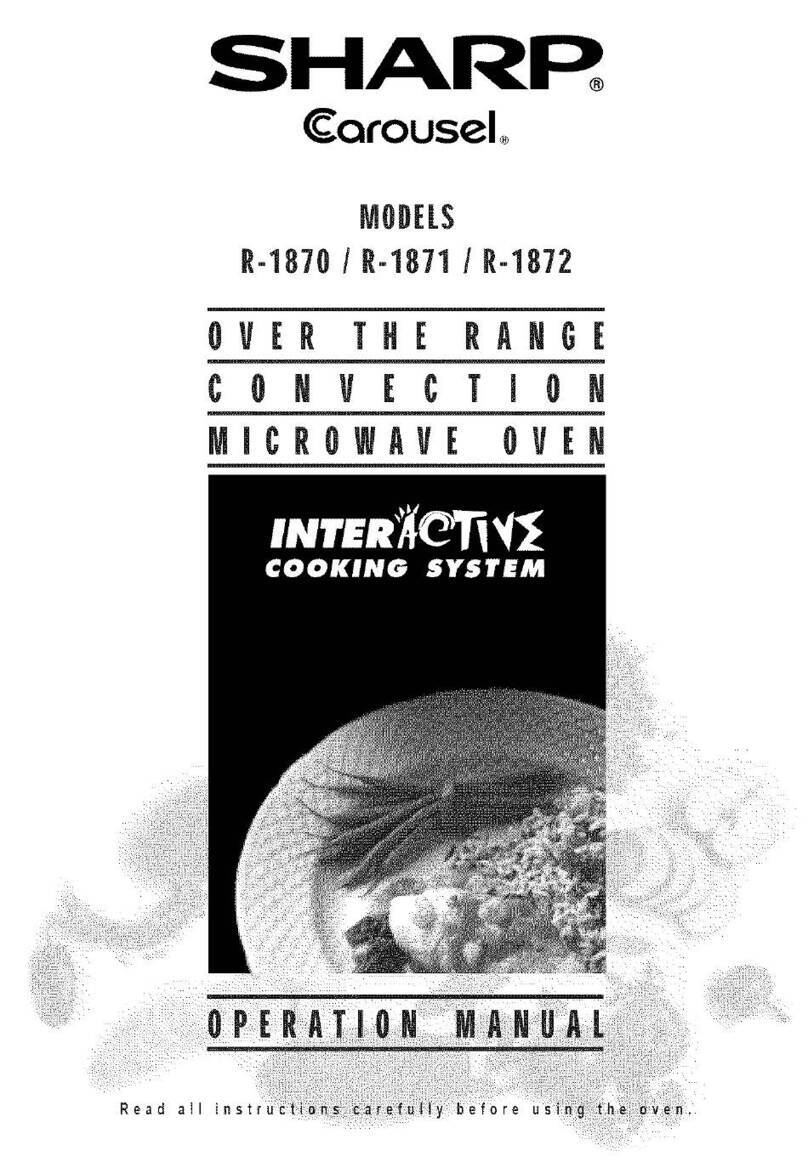
Sharp
Sharp Carousel R-1870 User manual
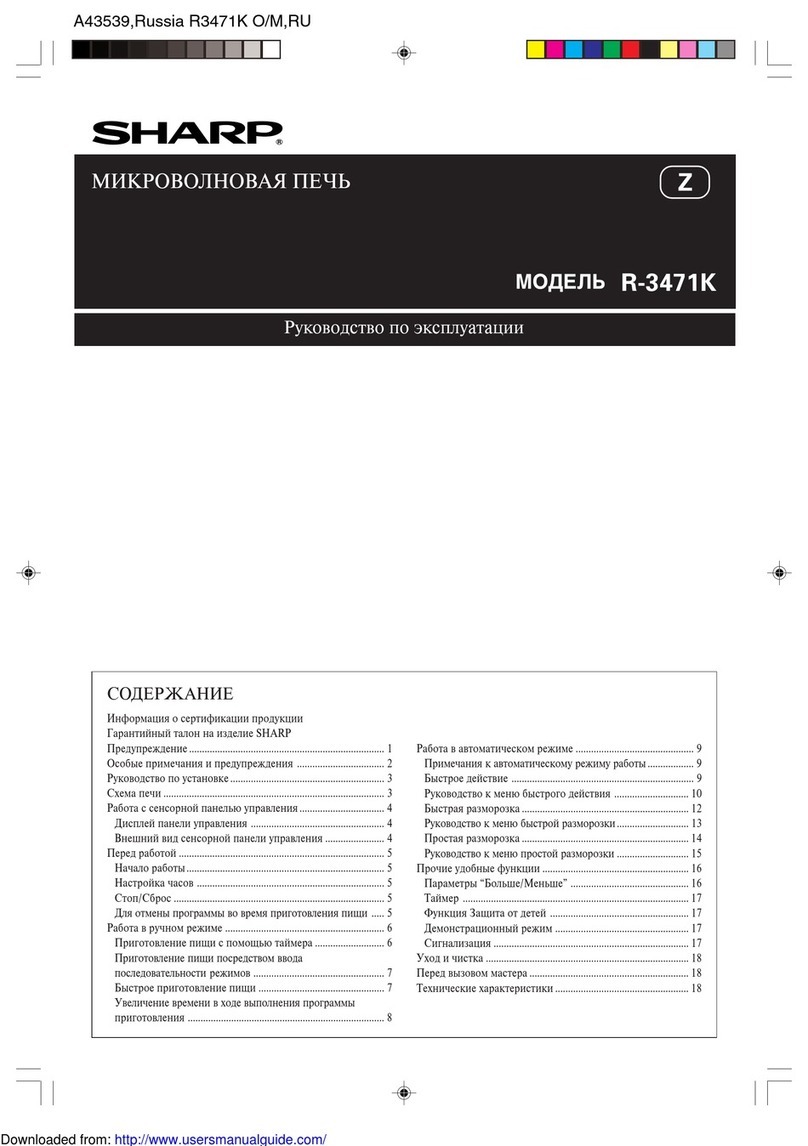
Sharp
Sharp R-3471K User manual
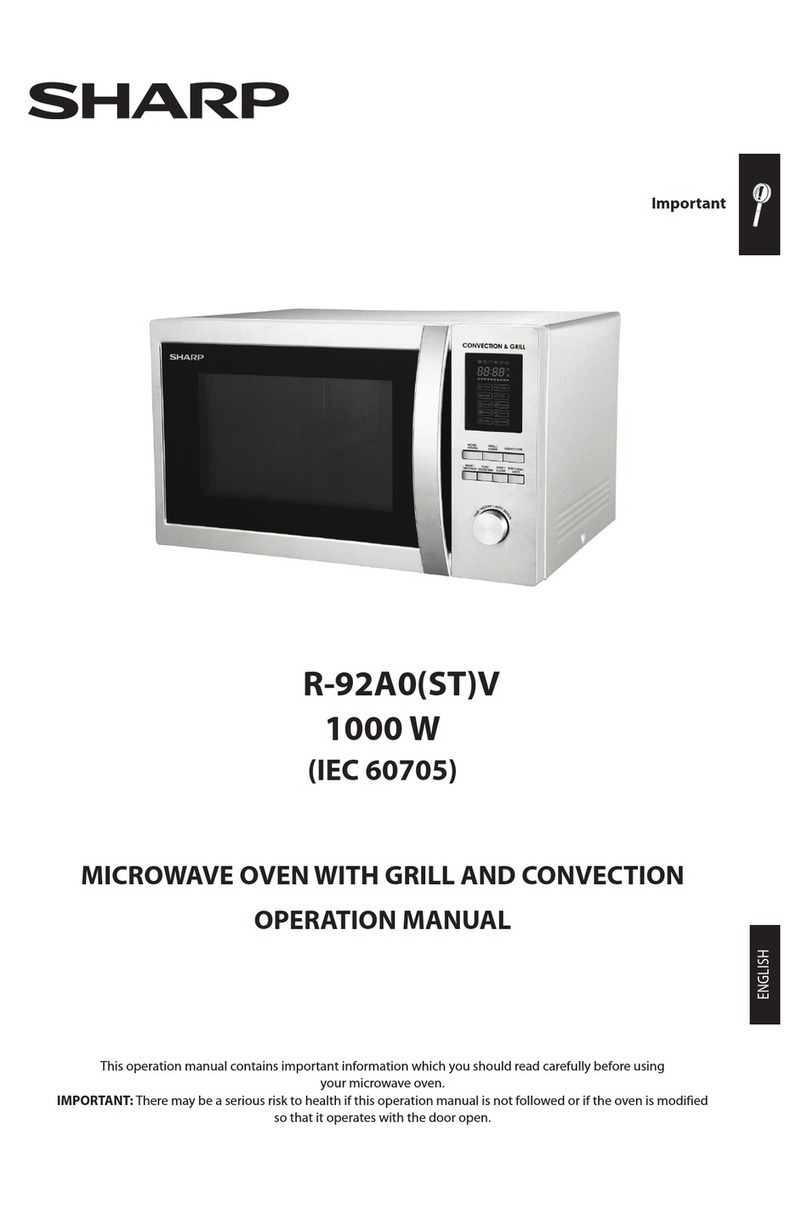
Sharp
Sharp R-92A0V User manual
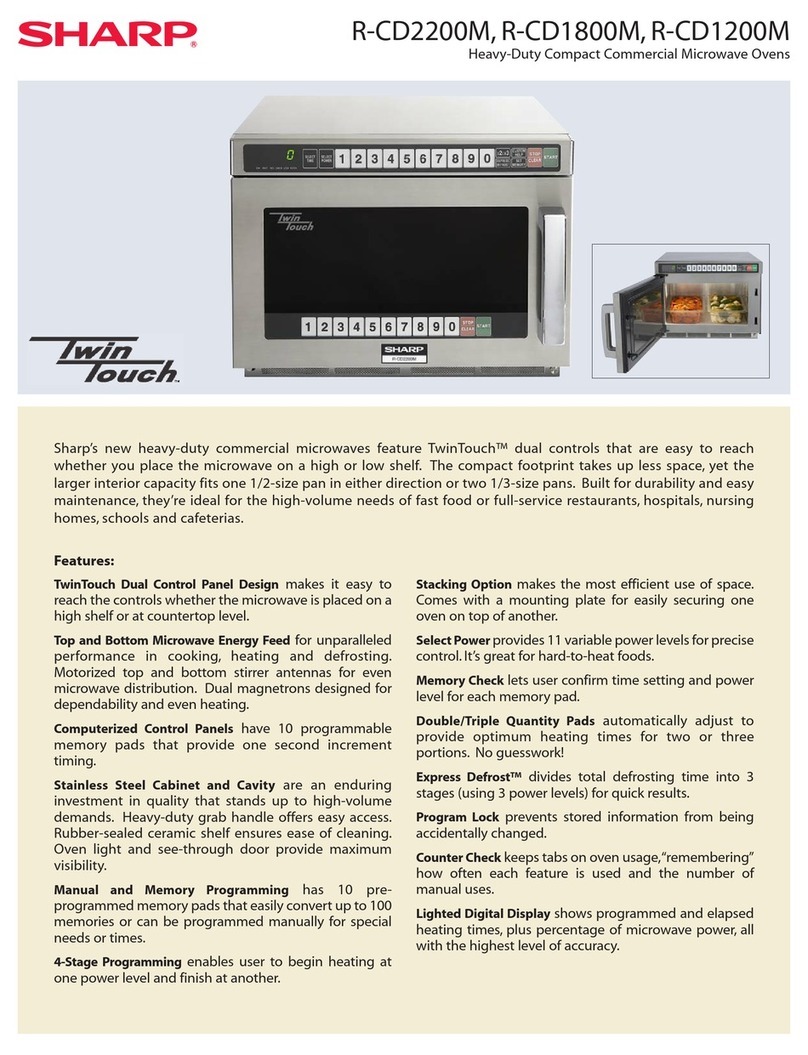
Sharp
Sharp Twin Touch R-CD2200M User manual

Sharp
Sharp Oven R-2398 User manual
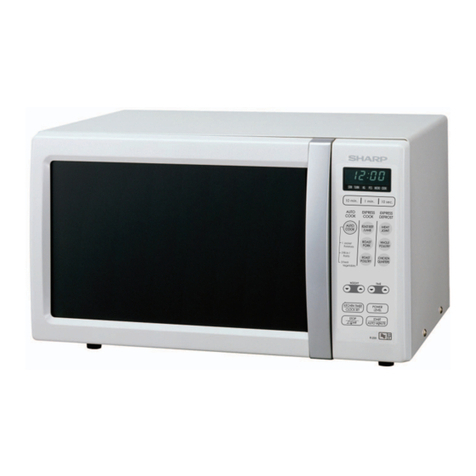
Sharp
Sharp R-259 Instruction Manual
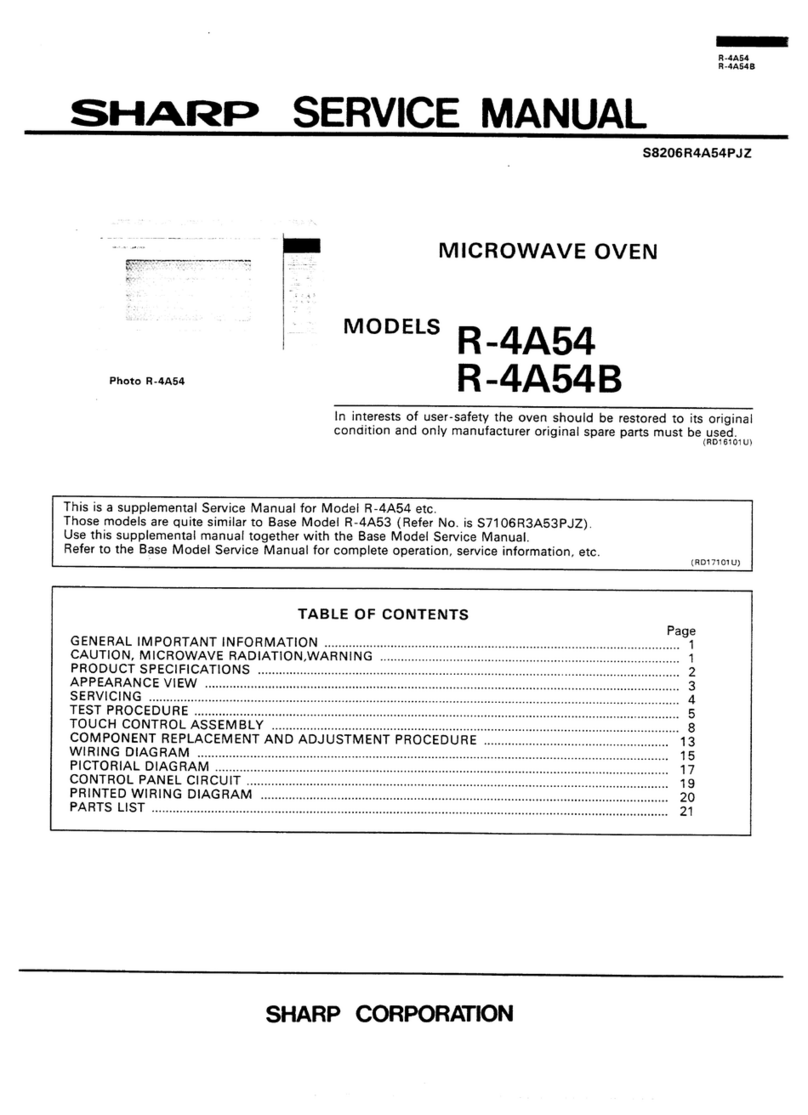
Sharp
Sharp R-4A54 User manual
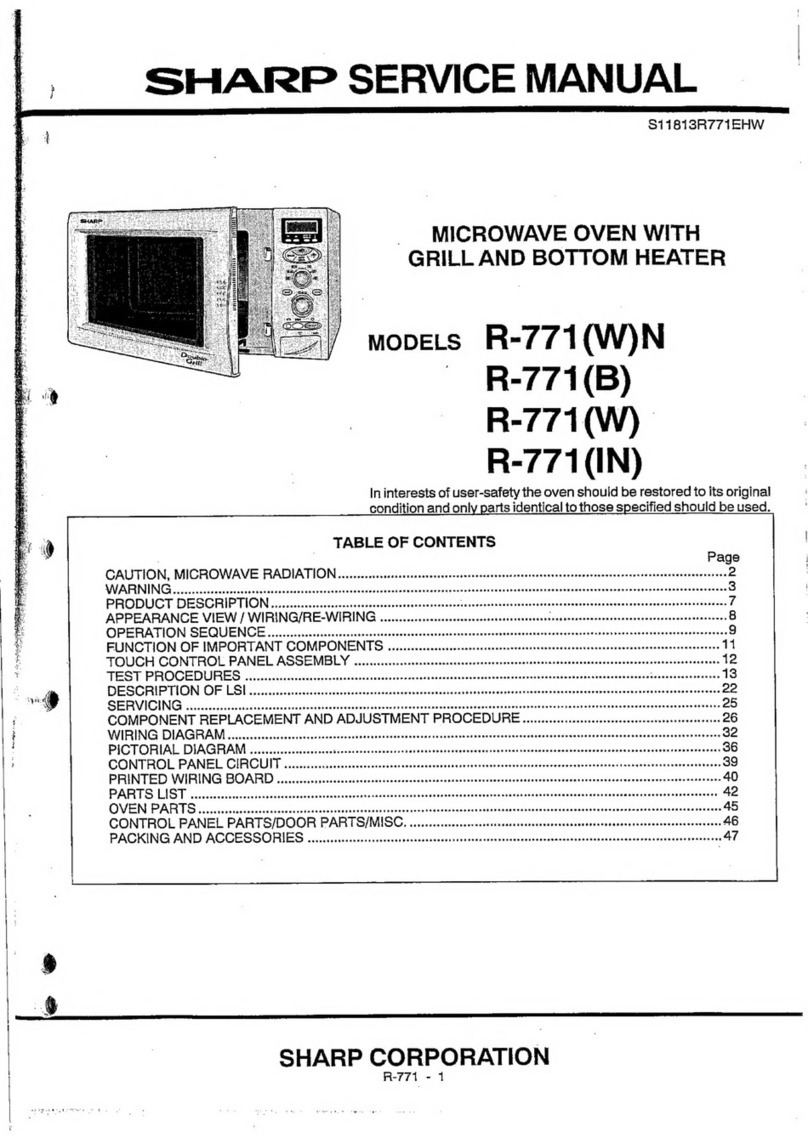
Sharp
Sharp R-771(W)N User manual
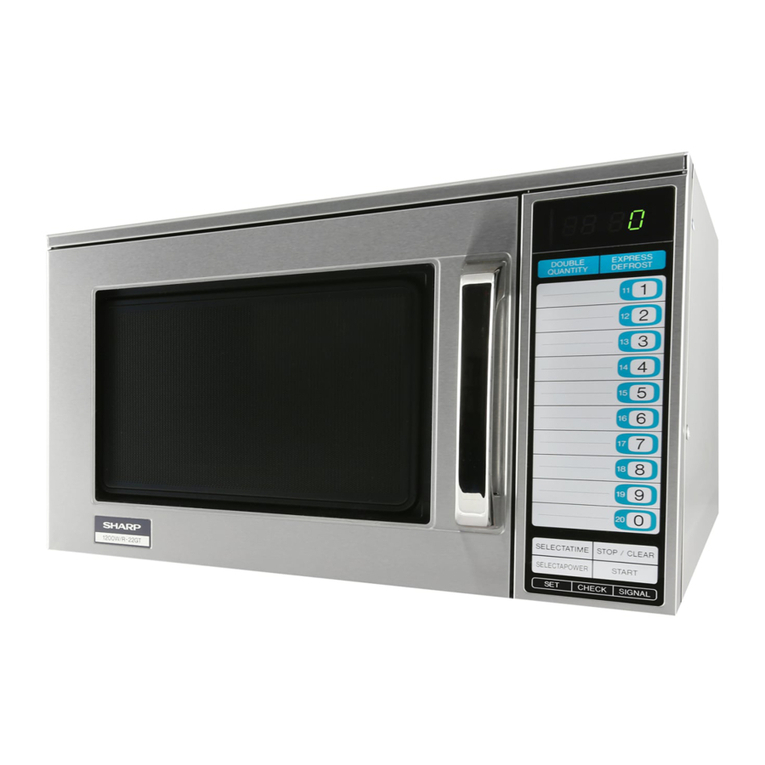
Sharp
Sharp R-22GT-F User manual
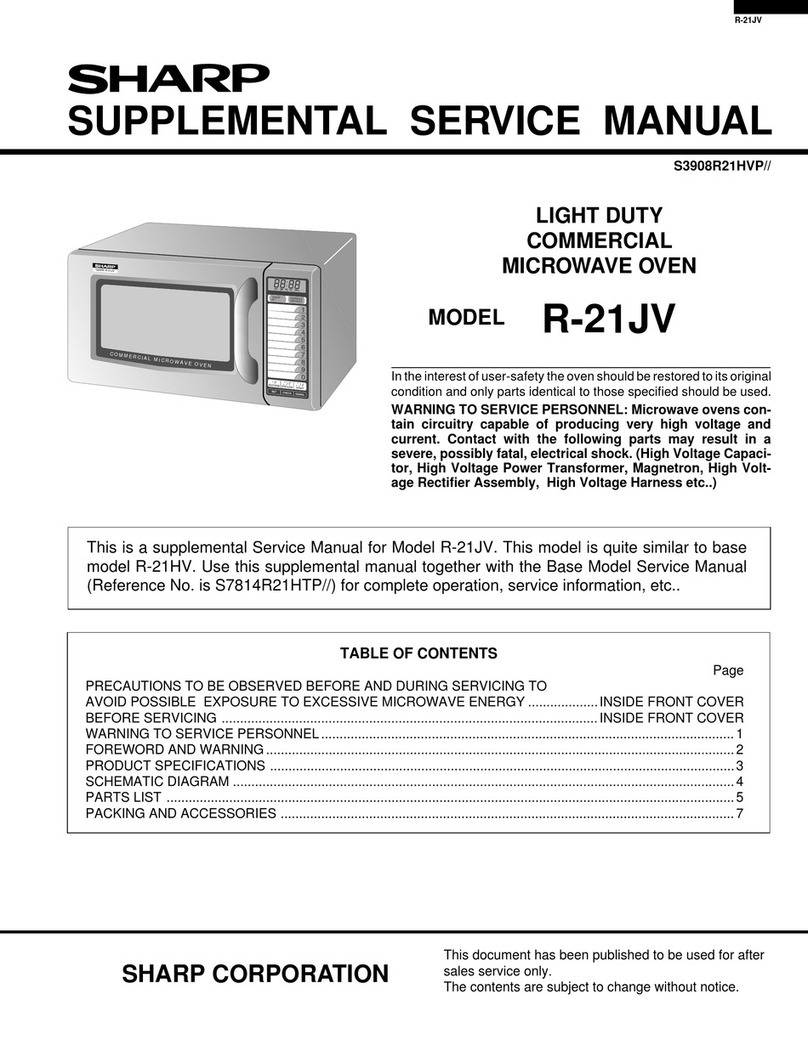
Sharp
Sharp R-21J User manual
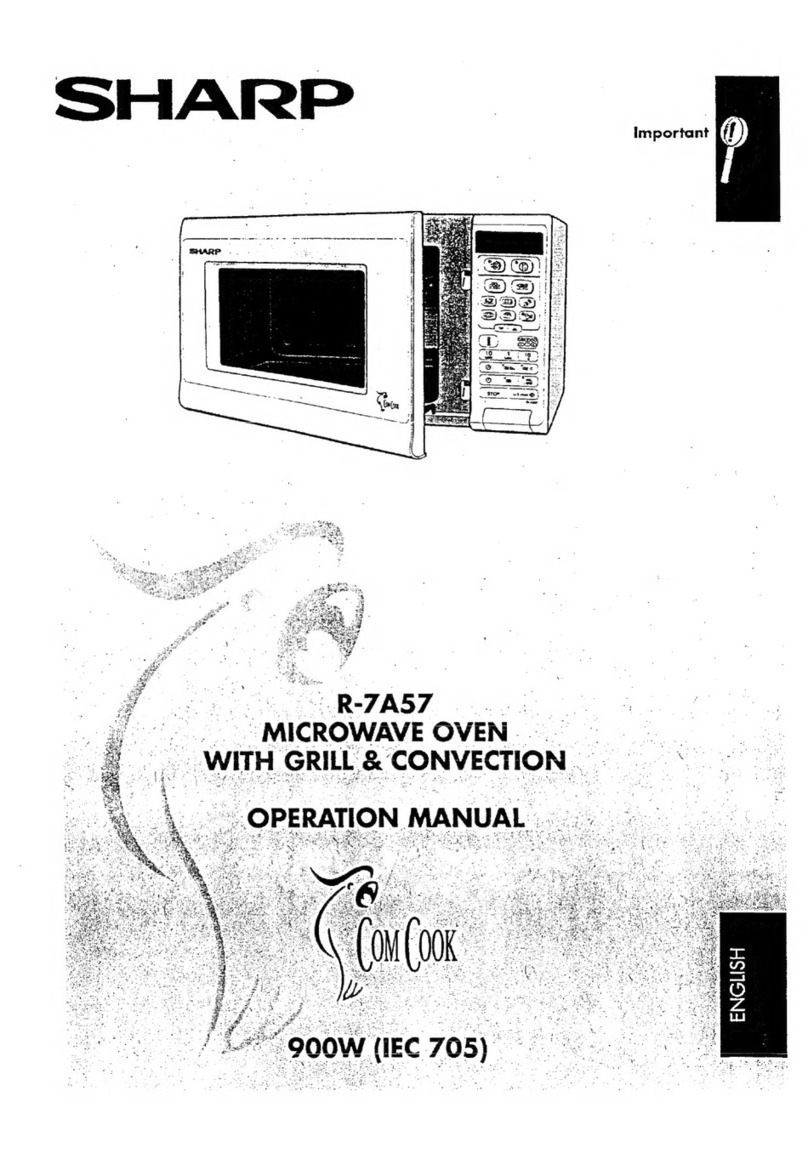
Sharp
Sharp ComCook R-7A57 User manual

Sharp
Sharp R-962M User manual

Sharp
Sharp R-634 User manual
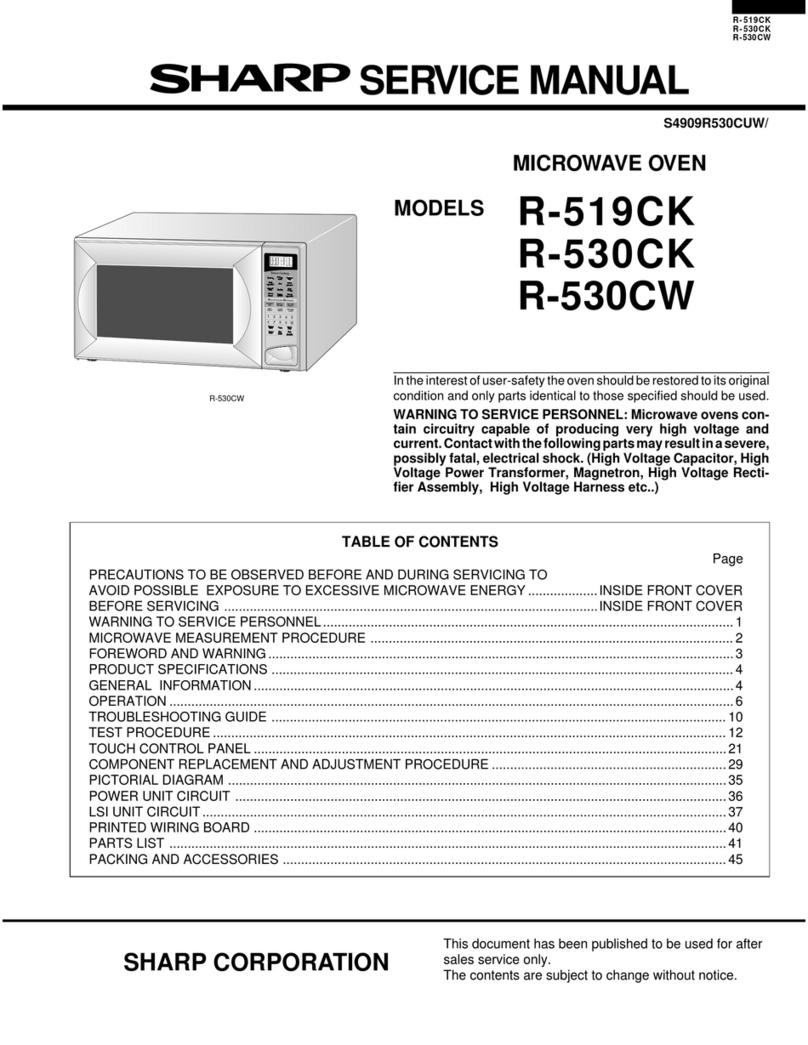
Sharp
Sharp R-519CK User manual
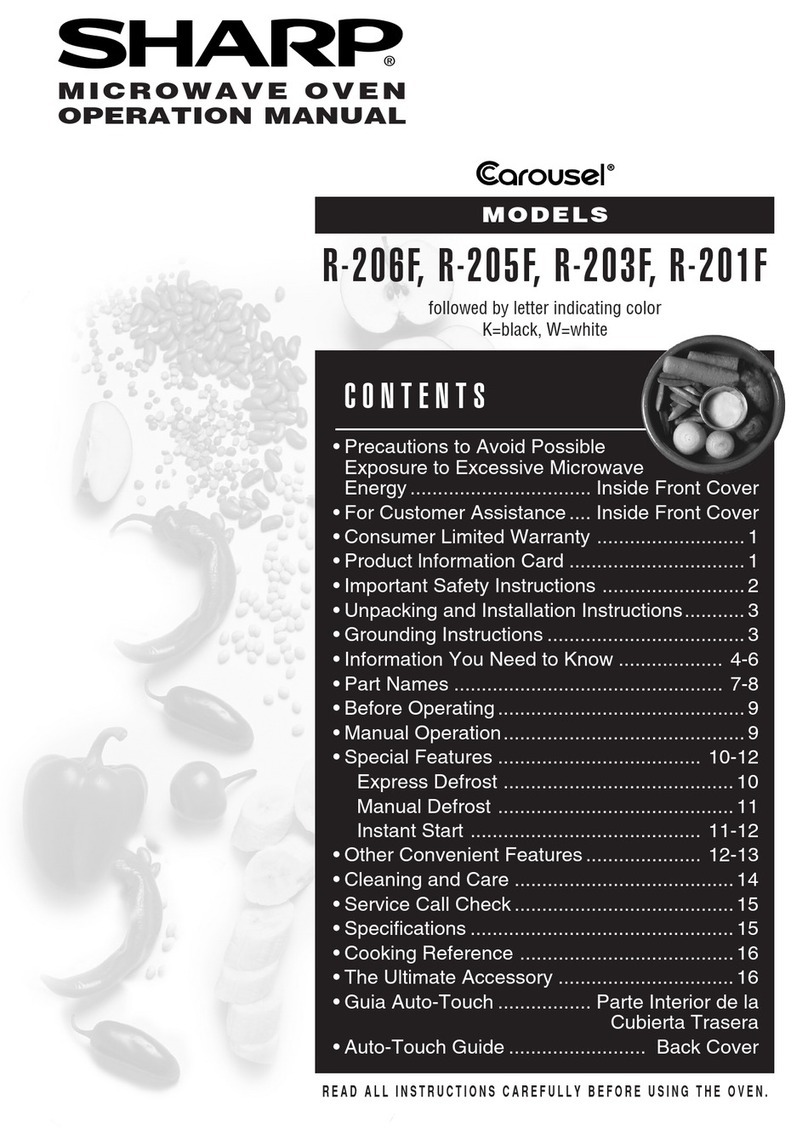
Sharp
Sharp Carousel R-206F User manual
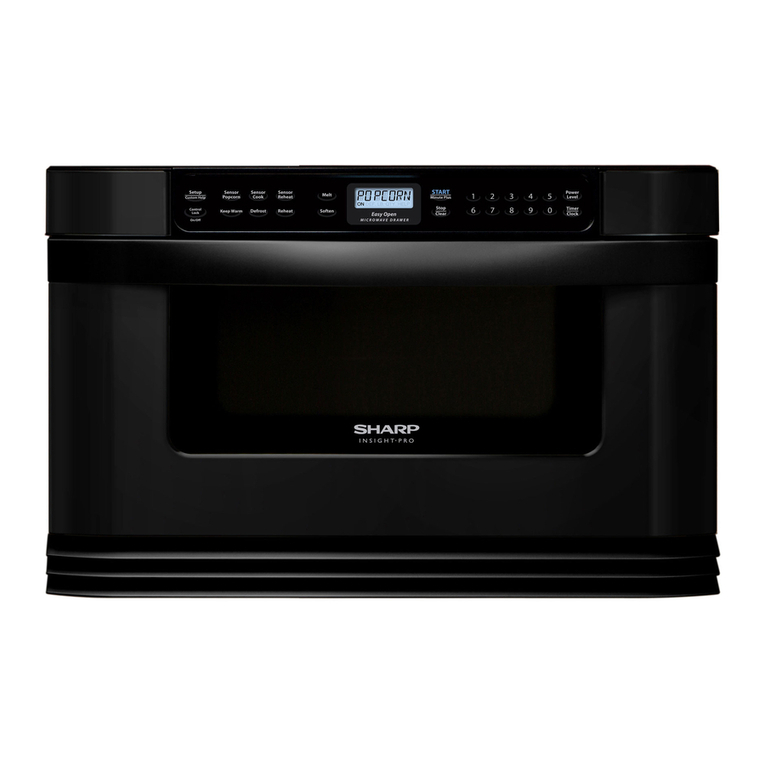
Sharp
Sharp KB-6024MS User manual
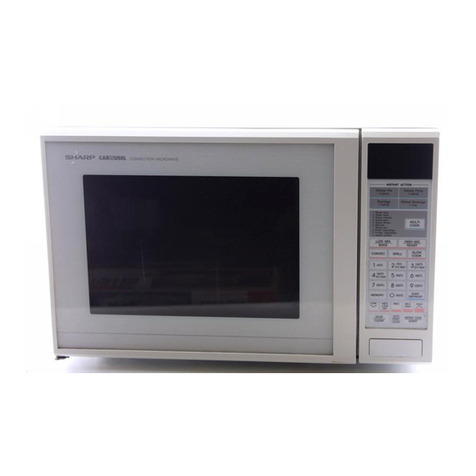
Sharp
Sharp R-7A53 User manual
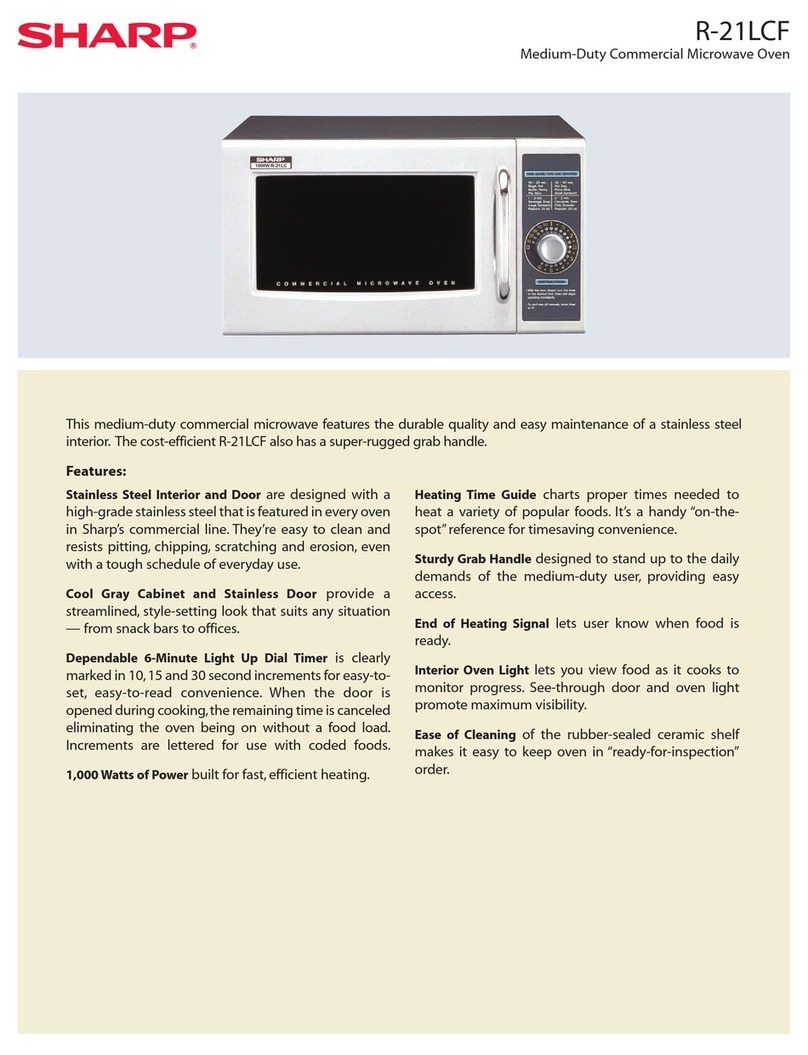
Sharp
Sharp R-21LCF - Oven Microwave 1000 W User manual
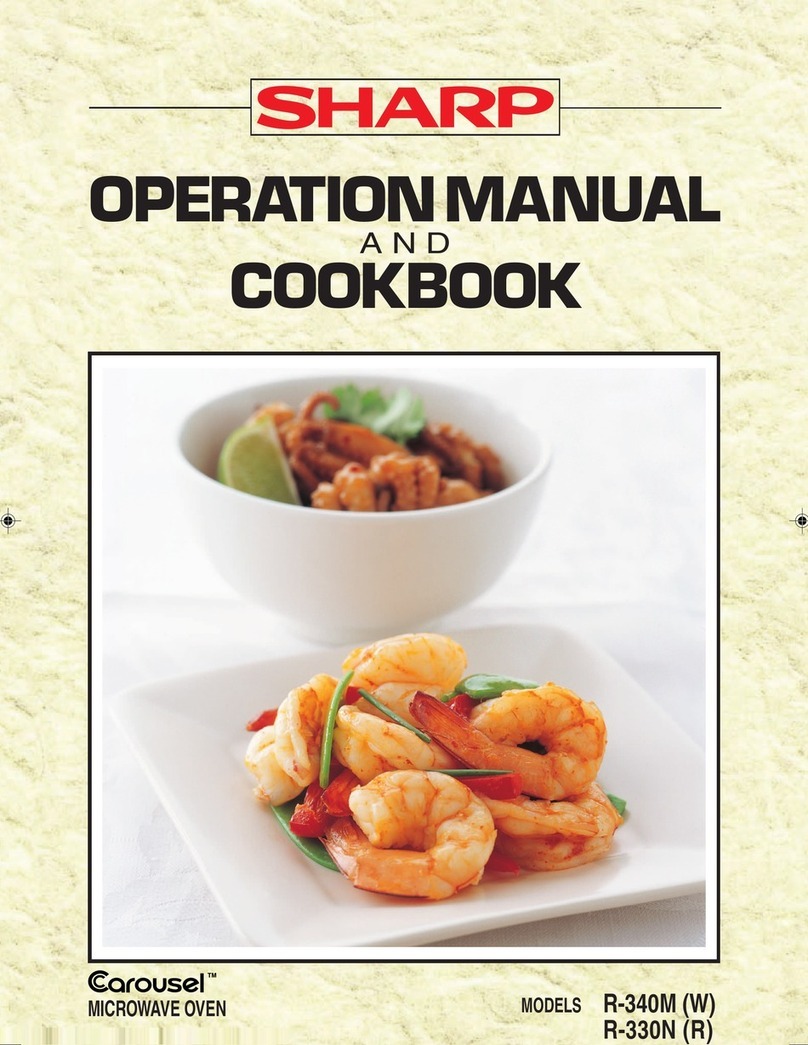
Sharp
Sharp R-340M W User manual
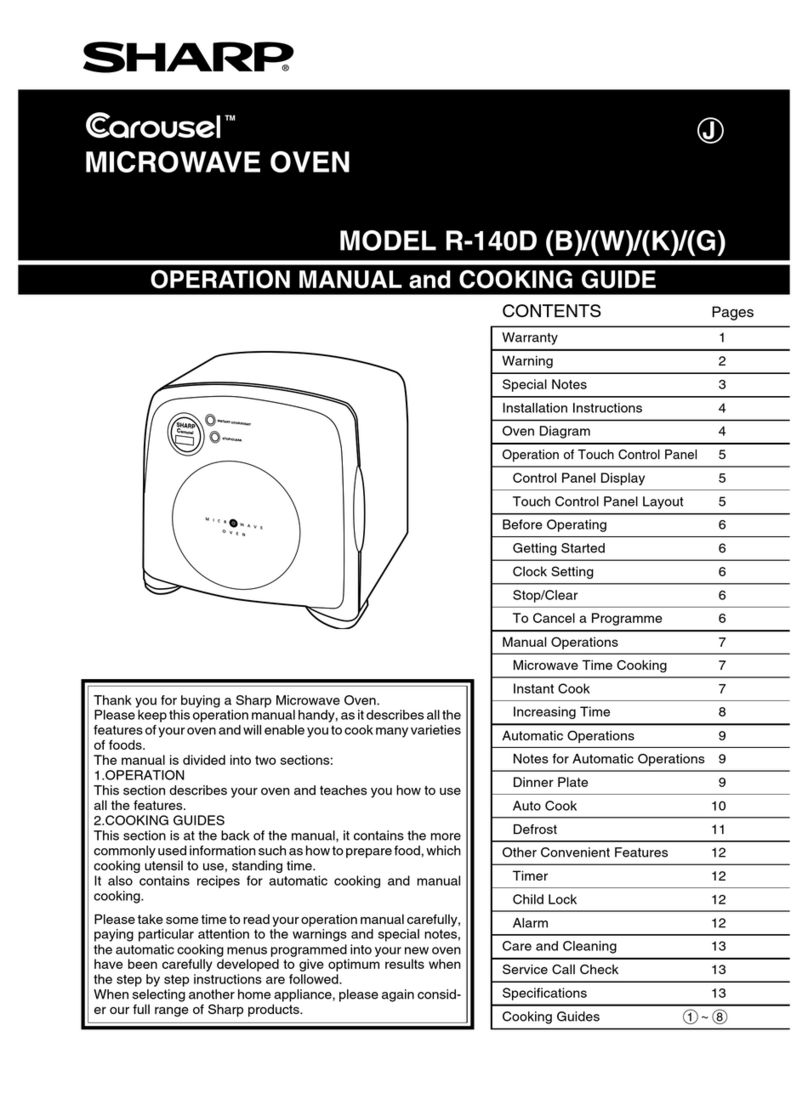
Sharp
Sharp Carousel R-140D User manual
Popular Microwave Oven manuals by other brands

GE
GE Spacemaker JVM1440BH datasheet

DAEWOO ELECTRONICS
DAEWOO ELECTRONICS KOR-6L8K5S83 Operating instructions & cook book

DAEWOO ELECTRONICS
DAEWOO ELECTRONICS KOR-1N5A9S Operating instructions & cook book

Daewoo
Daewoo KQG-6617G Operating instructions & cook book

Samsung
Samsung M1779 Owner's instructions

GE
GE JES1143 Use and care & cooking guide

Miele
Miele H6200BM(TB) Operating and installation instructions

Jocel
Jocel JMO011480 instruction manual

Electrolux
Electrolux EVL8E00X user manual

STOVES
STOVES Q900GRF DO User, installation & servicing instructions

Daewoo
Daewoo KOR-6L0B3S Operating instructions & cook book

KitchenAid
KitchenAid KCMS1555 Use and care guide

